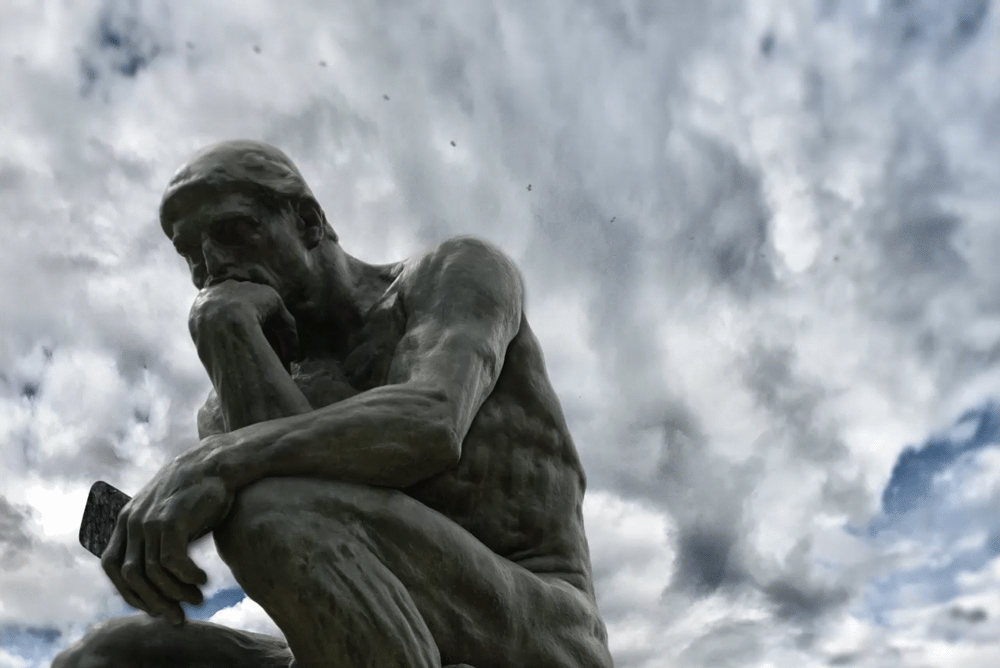There’s nothing like walking down Via della Conciliazione in Rome. It’s a very long street, bustling with cars and tourists, that feeds into St. Peter’s Square at the Vatican. It’s a reminder of how big and imposing the Vatican can be, at least physically, in the increasingly secular West.
Italy, however, remains a Catholic nation, at least culturally, with reminders everywhere you look.
I am back in Italy for the first time since 2018. Unable to visit in recent years because of the pandemic, I am happy to be back to visit family and watch some soccer.
My return to Italy also gives me the chance to observe how Italian journalists cover the Vatican and Pope Francis. What this close look reveals is a press fixated less on the doctrinal battles and culture-war issues we see in the American press. Instead, it’s all about international politics, the disappearance of a young girl (more on that later) and banking scandals.
Let me explain. Italian media very much cover the papacy as a political force (it still very much is in this part of the world) and less of a religious one. As we say here at religion, many journalists believe religion is news to the degree that if affects politics.
Scandals involving the Holy See, even ones that are decades old and unsolved, continue to intrigue readers. It’s true that culture war issues were increasingly a factor in Italy’s elections that led to Giorgia Meloni becoming the country’s first female prime minister. It’s also true that Italian newspapers are not objective — many belong to political parties — but they don’t hide that fact from readers. That’s how the press works in Europe.
The big stories the Italian press have covered lately are the pope’s recent meeting with Ukraine’s President Vladimir Zelensky at the Vatican, the unsolved “Vatican Girl” scandal from 1983 and an ongoing trial that has revealed a series of financial scandals. Another big issue for the Vatican and Italy is falling birth rates, a story with strong religious overtones.
These stories transcend whatever political bias Italian newspapers bring to the table. They are seen as important to the country’s geo-political situation (in the case of Ukraine and birth rates).
The other stories reveal a Vatican that is very much involved in shadowy behavior — a corrupt institution that makes for attention-grabbing headlines meant to get clicks and sell newspapers. A murder mystery and alleged financial wrongdoing on the part of bishops will do that.










